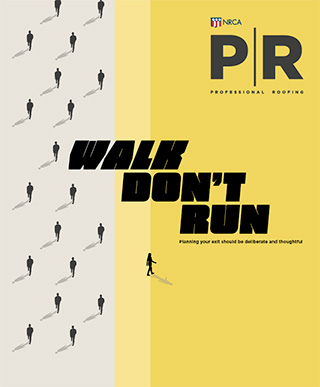
“Hey.”
Seeing those three letters can strike fear among employees whose bosses communicate with them via text messages or instant messaging platforms such as Microsoft Teams or Slack. And the reason is what has been termed “hey hanging.”
The practice of sending a quick “hey,” and nothing more for a length of time has become more prevalent. And it’s the silence between the “hey” and follow-up message that can cause folks to fall into an anxiety-ridden spiral.
In The Wall Street Journal article “The new most dreaded word at work: ‘Hey’,” Bryan Robinson, a psychotherapist and author of a book about hybrid work, says “the word can engage a fight-or-flight response,” and the brain will often “jump to the worst-case scenario.”
The article’s author, Anne Marie Chaker, writes: “Employees spend nearly 90% of their workweeks communicating across multiple channels, according to a 2023 Harris Poll survey of more than 1,200 workers and executives. One in four said they experience miscommunication multiple times a day.”
So the seemingly innocuous “hey” or its cousins “hi” and “hello” leave much room for interpretation during a day when people are bombarded with messages from their phones, emails and IM platforms.
Consider this example: Employee A sends a “hey” to Employee B at 1:10 p.m. and doesn’t send a follow-up message until 2:28 p.m. Employee B is frustrated by the silence but also refuses to respond until more information is provided. It’s an odd communication loop to be stuck in, and Employee A simply said she became distracted by something else and remembered an hour later to reply. But in the meantime, Employee B was interrupted during her workday and spent time thinking about what the message could be.
And when the “hey” comes from a boss versus a colleague?
“My mind goes to the worst places,” Atheina Hasbani, an account director, told Chaker. “It’s like: ‘Am I fired? Am I in trouble?’”
The best way to address this issue is to work through it. If you are left hey hanging, you can tell the sender the way they communicate can be disruptive to your day and you would rather receive the information all in one message at the same time.
If you are guilty of hey hanging, realize that though you may find it a less obtrusive way to communicate, others may not receive it that way.
AMBIKA PUNIANI REID is editor of Professional Roofing and NRCA’s vice president of communications.



